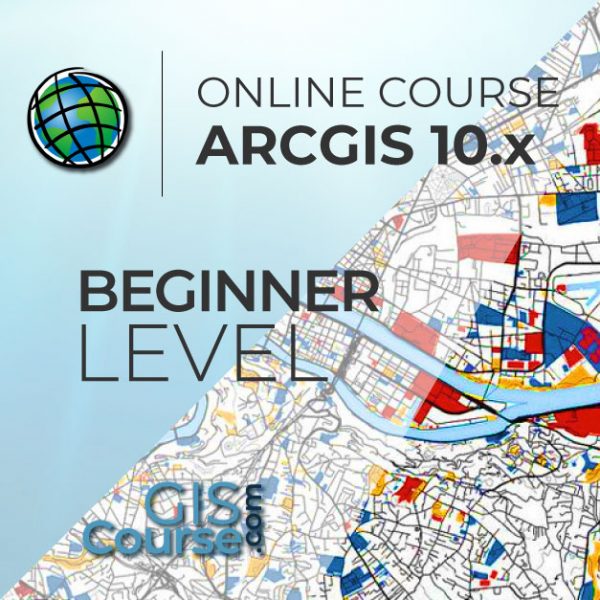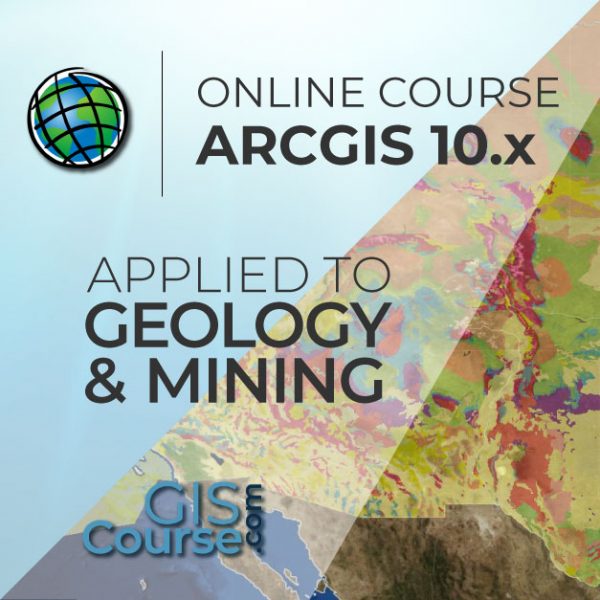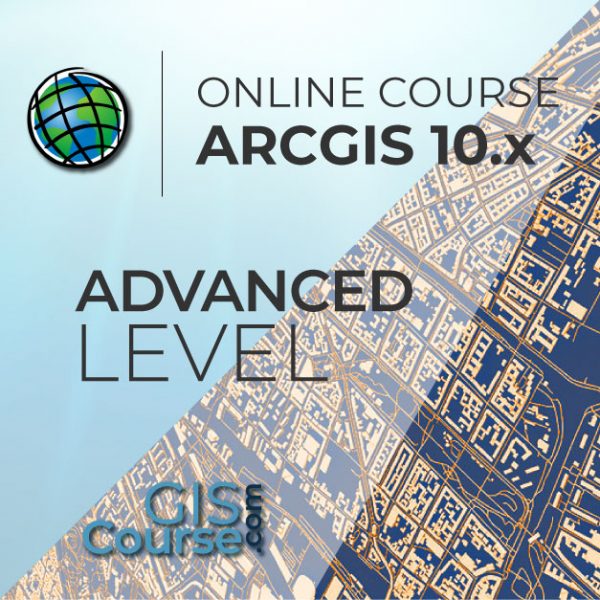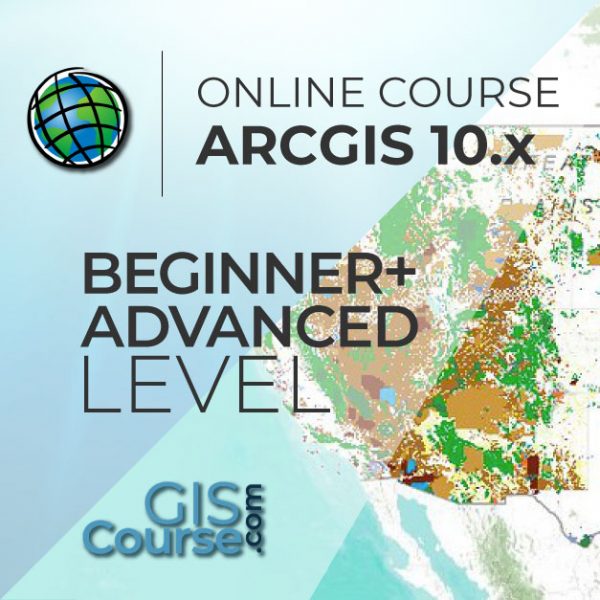DEVELOPMENT OF WEB BASED GIS APPLICATIONS USING QGIS AND OPENGEO SUITE
ONLINE TRAINING
START DATE: AVAILABLE SOON (100 hours)
PRICE: 300 € (Standard fee) | 270 € (Student / Unemployed fee)
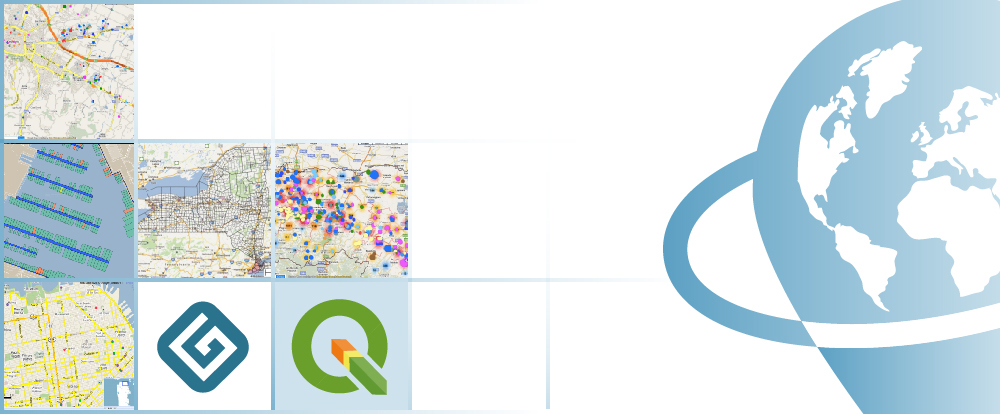
The course will introduce the student to the extensive OpenGeo Suite, a complex web mapping solution. The students will gain knowledge in the most important open source key tools like: QGIS, OpenGeosuite, GeoServer, PostGIS, GeoWEB and OpenLayers, tools that will easily allow the development of map viewers and different web applications. Mastering these techniques (developing web GIS applications that runs on web GIS servers), they will be able to share their work on the web, generating high quality mapping products, for a better performance and visibility.
The students will get familiar with the Management of Relational Databases Systems (RDBMS), the use of QGIS and other open source web mapping tools, that will allow the development of web GIS based applications and their distribution online without any need for paid subscriptions or licenses.
During this course, the students will get the chance to develop their own web GIS based application, will understand how a fully operational web GIS server works, will follow all the necessary steps that lead to the development of a web GIS based application, from local developing to web upload and management.
Enrolled students in this online course will have access to our virtual e-learning platform (which is available 24 hours), where they will find the content of the course, practical exercises, forum discussion and additional content. One of the advantages of this online platform, is that students can benefit of real time support and assistance offered by the instructor (2 hours per week), whom they can contact via direct messages, regarding course related issues, at any moment. They can also contact the instructor via email.
- Provide an introduction to free access, open source suite of software, that can prove to be a valuable tool when it comes to GIS related projects development.
- Get familiar with different existent web mapping tools. Work practically, develop your own cartographic viewer and share it online.
- Teach through practical exercises, learn about all the difficulties you may encounter in the elaboration of web mapping GIS projects, find out about their solution.
- Develop a complete workflow. Start from the beginning with data collection, database incorporation, data editing, adopt a symbology that define how geographic features are represented on a map, create a web service and deploy your first cartographic viewer on the web. Share your work with the general public, get visibility and evaluate the impact of your work.
- Build a complete web GIS based application following all the steps described above.
1 - INTRODUCTION TO OPEN SOURCE SOFTWARE. DIFFERENCES BETWEEN COMMERCIAL SOFTWARE. HOW TO USE QGIS?
- Evolution of Open Source Geographical Information Systems. Advantages and disadvantages. Future perspectives.
- What is an Open Source GIS software? Types of Open Source GIS software. Differences between commercial GIS software. Free access GIS software.
- How to install QGIS. Introduction to QGIS graphical interface. How to load data into QGIS, read and edit layer proprieties, how to use spatial projection systems, perform spatial analysis using QGIS tools, create symbologies, install QGIS plugins.
Practical exercise 1: Develop a GIS project using QGIS.
2 - WHAT IS WEB GIS?
- What is WEB GIS? History, Future perspectives, Advantages and Disadvantages.
- Types of software and tools used in web development
- Example of a WEB GIS project, applied in environmental management. Examples of web mapping applications.
Practical exercise 2: Online web mapping platforms.
3 - OPENGEO SUITE. HOW TO USE IT TO CREATE YOUR OWN WEB APPLICATION?
- What is OpenGeo Suite? Basic concepts about this geospatial platform
- OpenGeo Suite components: Geoserver, PostGIS, GeoExplorer, GeoWebCache
- Example of a project created with OpenGeo Suite
Practical exercise 3: How to install OpenGeo Suite?
4 - INTRODUCTION TO RELATIONAL DATABASE MANAGEMENT SYSTEMS, POSTGRESQL AND POSTGIS
- Different types of data that can be included in a database
- Basic notions about the installation of PostgreSQL. How to manage PostGIS with OpenGeo Suite.
- Create and manage data using PostGIS
- Handling PostGIS in OpenGeo Suite. Import and export shapefiles
Practical exercise 4: How to connect PostGIS with QGIS?
5 - HOW SPATIAL DATA CAN BE ACCESSED? GEOSERVER, WMS, WCS AND WFS
- What is Open GIS Consortium (OGC)?
- What is an IDE?
- Types of geoservices: Web Map Service (WMS), Web Coverage Service (WCS), Web Feature Service (WFS) and Web Processing Service (WPS). Characteristics
- Install and visualize geoservices in QGIS
- Create a Heatmap with GeoServer
Practical exercise 5: Create services in OpenGeo Suite.
6 - HOW TO CREATE A WEB MAP? GEOEXPLORER
- Introduction to GeoExplorer. How to manage it from OpenGeo Suite
- Basic concepts about cartographic rules applied in the development of map symbologies. Styles development (SLD)
- Edit layers and publish maps. Project design
7 - DEVELOP A CARTOGRAPHIC VIEWER FOR ONLINE PURPOSES
- Adapt previous developed project for online upload and deployment
- Different ways to publish your map on the web. Through a Server, a blog, etc.
Practical exercise 6a: Get familiar with WEB mapping applications. Design and Develop a cartographic viewer. Examples.
Practical exercise 6b: How to share your project using social networks? How to be a Geo-Community Manager.
8 - DEVELOPMENT OF A WEB GIS BASED PROJECT
- Realize a project using skills and knowledge gained during this course
9 - GENERATE YOUR OWN WEB GIS BASED APPLICATION AND CUSTOMIZE A WEB GIS SERVER
- Develop your own WEB GIS based application and configure a WEB GIS Server according to your needs and spatial data

Beatriz Ramos López
Why should we learn to use QGIS?
Geographic Informational Systems (GIS) are rapidly spreading and becoming an essential tool in many work fields including, engineering, environment, geography, geology and mining, emerging sciences, geomarketing, etc. From all open source GIS software products, QGIS is the best due to, its large online support community, which always favor up to date status, continuous development of new capabilities, easy integration with other open source packages and improved performance with each release.
Do I need previous QGIS training?
No, the training course starts from the very beginning. You do not need any previous QGIS knowledge.
I do not have the software QGIS, what are my options?
QGIS it is a free, open source software that can be downloaded from the official website (http://www.qgis.org/en/site/). It is very simple to get and install it on your computer. However, in each course we have included a help manual that is come in handy if you want to download and install QGIS on your local machine.
Our online courses, are distributed via Moodle, the world’s most popular learning platform. It is a highly flexible Learning Management System that can be used to conduct and access courses, accomplish tasks of practical exercises, interact face-to-face to the teaching staff or benefit of support and resources at any time.
The online platform can be accessed 24 hours a day, in which the student will be able to ask for help at any given moment. The instructors will act as supervisors during all the training process, offering support for any possible difficulty encountered by the students along the course.
The course is structured in different modules, making it easy for the student to search for training material, download information, complete practical exercises and take assessments in order to verify their new gained abilities. The instructors will assist the students throughout all the course period, offering progressive help and information according to their evolution.
300 € (Standard fee) / 270 € (Student / Unemployed fee)*
*To enjoy this discount, you must include a copy of a document that proves your situation along with the registration form.
** If you want to know the price in other currencies, you can consult the following online converter: The Money Converter

Step 1. Request your registration to the training course completing the pre-registration document (Registration Form) and send it via email to training@tycgis.com.

Step 2. As soon as we receive it, we will send you an enrolment guide with the complete information to enroll in the course: dates, schedule, software needed for the course and the installation guide. The payment methods are included in this document.

Step 4. Once we receive the receipt, we will confirm your registration to the course via email.

NATIONAL WIRE TRANSFERS (INSIDE SPAIN):
ACCOUNT NUMBER: 0049 1809 222710347481 (Banco Santander)
BENEFICIARY: TYC GIS Soluciones Integrales SL
SUBJECT: “Student Name” and OPENGEO COURSE ON
INTERNATIONAL WIRE TRANSFERS:
BANK NAME: Banco Santander
BANK ADDRESS: Glorieta Ruiz Jiménez 1, 28015 Madrid (España).
BENEFICIARY: TYC GIS Soluciones Integrales SL
BENEFICIARY ADDRESS: Calle Fuencarral 158, Entreplanta, Oficina 16-17 28010 Madrid (España).
ACCOUNT NUMBER: ES90 0049 1809 222710347481
SWIFHT: BSCHESMM – IBAN: ES90
If you have payment difficulties, contact us





 (19 votes, average: 4.79 de 5)
(19 votes, average: 4.79 de 5)